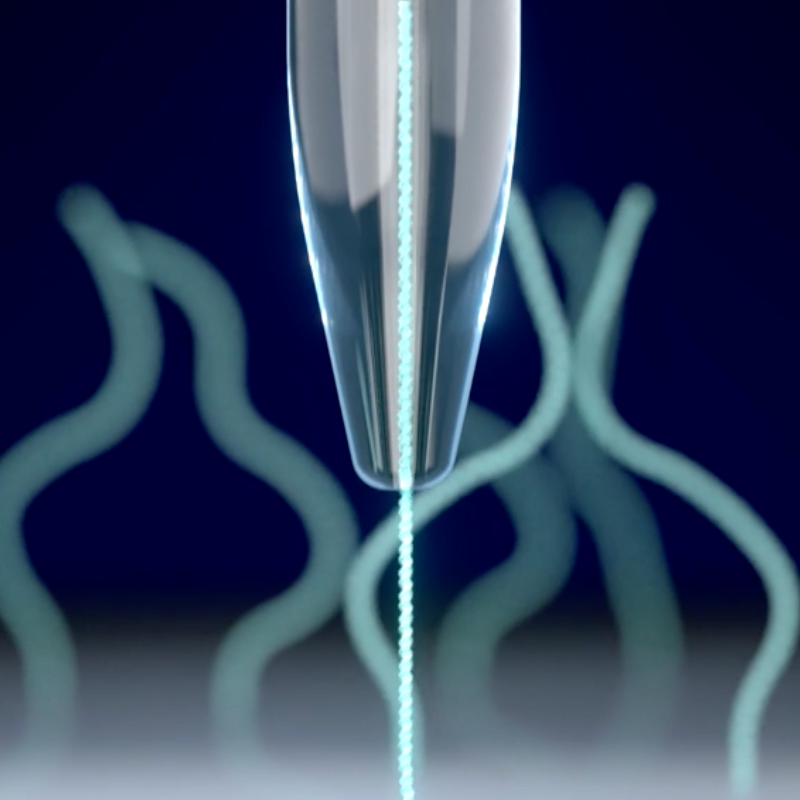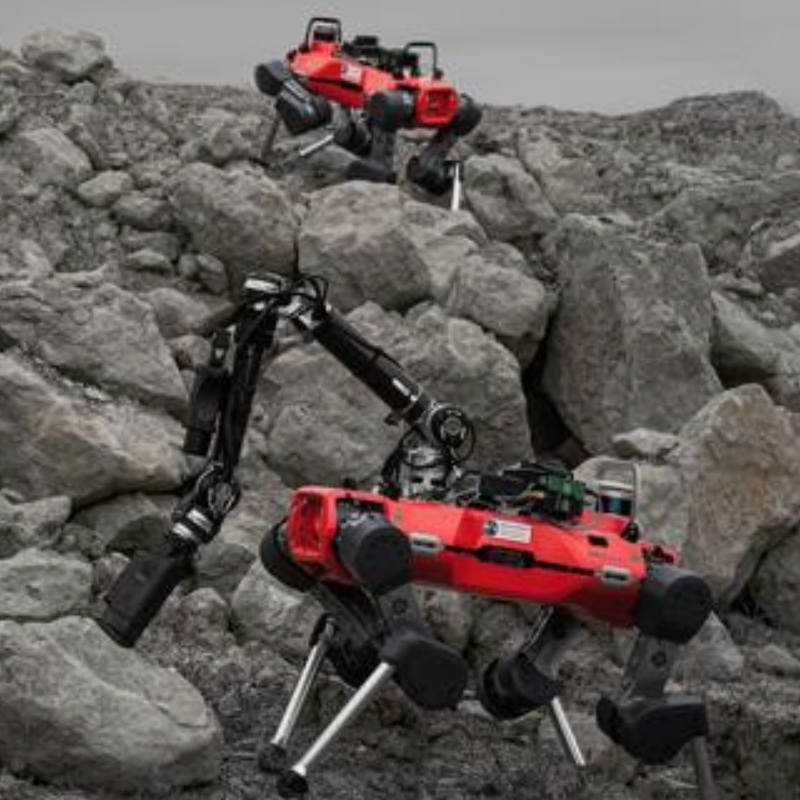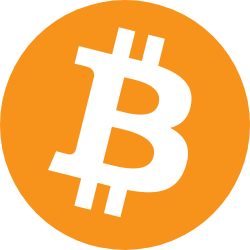Small neuromorphic device ‘sees,’ makes ultra-fast decisions and creates memories
Jun. 19, 2023.
2 min. read
16 Interactions
Could enable ultra-fast, live decision-making—in a self-driving car, for example
Researchers in Australia have created a small neuromorphic (brain-like) device that “sees” and stores memories in a similar way to human brains. It’s a step towards future devices that can make rapid, complex decisions — in self-driving cars, for example.
This invention is based on a single chip enabled by a sensing “doped indium oxide” element, which is thousands of times thinner than a human hair and requires no external parts to operate.
Rapid decision-making
The prototype device captures visual information, pre-packages and transmits it (like an optical nerve) for storage, and classifies it, using a memory system similar to a human brain’s.
Collectively, these functions could enable ultra-fast live decision making, the team says.
RMIT University engineers in Australia led the work, with contributions from researchers at Deakin University and the University of Melbourne.
Team leader Professor Sumeet Walia, from RMIT’s School of Engineering, said the new device can perform all necessary functions: sensing, creating and processing information, and retaining memories, rather than relying on external energy-intensive computation, which prevents real-time decision-making.
“We’ve made real-time decision-making a possibility with our invention. It doesn’t need to process large amounts of irrelevant data and it’s not being slowed down by data transfer to separate processors,” said Walia.
Their findings and analysis are published in the journal Advanced Functional Materials.
Potential applications
The team’s device mimicks the retina’s capabilities to identify objects, colors and other visual features and to store and process visual information, Walia explained.
The team used ultraviolet light as part of their experiments, and is are now working to expand this technology to visible and infrared light, with many possible applications, such as autonomous operations in dangerous environments, shelf-life assessments of food and advanced forensics.
“Imagine a self-driving car that can see and recognize objects on the road in the same way that a human driver can. Or being able to able to rapidly detect and track space junk.”
Walia said neuromorphic systems could also adapt to new situations over time, becoming more efficient with more experience. “Traditional computer vision systems are typically programmed with specific rules and can’t adapt as easily,” he said.
“Neuromorphic robots have the potential to run autonomously for long periods, in dangerous situations where workers are exposed to possible cave-ins, explosions and toxic air.”
Citation: Mazumder, A., Nguyen, C. K., Aung, T., Low, M. X., Rahman, M. A., Russo, S. P., Tawfik, S. A., Wang, S., Bullock, J., Krishnamurthi, V., Syed, N., Ranjan, A., Zavabeti, A., Abidi, I. H., Guo, X., Li, Y., Ahmed, T., Daeneke, T., Al-Hourani, A., . . . Walia, S. Long Duration Persistent Photocurrent in 3 nm Thin Doped Indium Oxide for Integrated Light Sensing and In-Sensor Neuromorphic Computation. Advanced Functional Materials, 2303641. https://doi.org/10.1002/adfm.20
Let us know your thoughts! Sign up for a Mindplex account now, join our Telegram, or follow us on Twitter.

.png)

.png)


.png)









2 Comments
2 thoughts on “Small neuromorphic device ‘sees,’ makes ultra-fast decisions and creates memories”
🟨 😴 😡 ❌ 🤮 💩
🟨 😴 😡 ❌ 🤮 💩